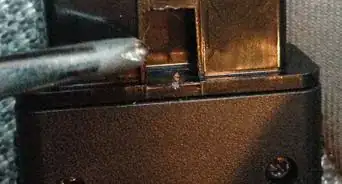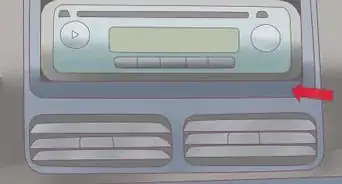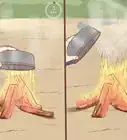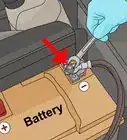This article was co-authored by wikiHow Staff. Our trained team of editors and researchers validate articles for accuracy and comprehensiveness. wikiHow's Content Management Team carefully monitors the work from our editorial staff to ensure that each article is backed by trusted research and meets our high quality standards.
There are 9 references cited in this article, which can be found at the bottom of the page.
This article has been viewed 479,613 times.
Learn more...
CB (or Citizens Band) radio is a type of radio mainly used in semi-trucks or by hobbyists that transmits and receives signals using Amplitude Modulation (AM). This wikiHow article will teach you how to install, peak, and tune a CB radio for the highest performance.
Steps
Installing a CB Radio
-
1Purchase the basic supplies.[1] Although CB radios are no longer in fashion, you can purchase one at most electronics hardware stores and truck stops. While a radio will be the most important part of your shopping trip, there are some other thing you'll want to look into picking up as well.
- The radio itself. Most CB radios are 4 Watts and under by default. A microphone should come with the radio package.[2]
- An antenna. The antenna is the most important part of your radio's setup.[3] Fibreglass antennae are often preferable because they are tunable.
- A SWR meter. A SWR meter will help you measure the radio's output. This is a vital part of tuning your antenna to the radio.
- Coaxial cables. A coaxial cable is needed to connect the antenna to the radio. Another cable may be needed if you're hooking it up to an SWR meter.
- Batteries. Many CB radios are battery powered (hand-held). When you purchase a CB radio, check what type of batteries it uses and purchase a supply of them.
-
2Hook up your SWR reader. A SWR (Standing Wave Radio) reader can be hooked up like an adaptor between the antenna and the radio itself.[4] Throughout your tunings, you'll want to check this meter periodically. Generally speaking, you'll want the SWR to read as low as possible. High ratings will seriously limit your radio's performance, and possibly risk even damaging it.
- Generally speaking, a SWR reading of 2.0:1 (or lower) across all channels is acceptable.[5]
Advertisement -
3Set up an antenna. Antennae are typically very easy to mount on a car. You'll maximize your range if you put it up on the highest place possible. Most antennae are magnetically-based, which makes them a case of sticking it where you want. Once you mount the antenna, link the antenna to your radio with a coaxial cable.
- You can add a quick-release mount to attach the antenna onto the car with. This makes it a lot easier to attach and remove the antenna at will.[6]
-
4Alter your antenna as needed. Tuning a CB radio means fixing the antenna. Sometimes, the antenna will need to be adjusted to get the optimal signal. Most fibreglass antennae have detachable segments at the top to allow for extensions, so antennae can be lengthened that way. Antennae can also be shorted by sawing the antenna down as needed.[7]
- If Channel 1 on your SWR is greater than Channel 40, it means your antenna is too short. Conversely, if Channel 40 is greater than 1, it means it's too long.
- When setting up the antenna, you'll want your SWR levels below 2.0. You'll also want Channels 1 and 40 to read identical to one another.[8]
- (Edit: Using an amplifier with a CB is HIGHLY ILLEGAL.)
-
5Test your radio on a live Channel.[9] First, check your SWR radio to ensure your Channels have equal output. From there, you can ensure your frequencies are accurate by giving a Channel a test-run.
Optimizing a CB Radio
-
1Refer to the manual. Because models differ, the owner’s manual will help you identify parts for adjustments. Some suggestions to peak your radio are below, but only try them if you’re electronically adept and you have an older CB. If you're trying anything advanced with the CB radio, you should first make sure you know all of the basics.
- If your CB radio has been manufactured within the last few years, you won’t need to peak it. Newer models don’t have the drift and adjustment problems of older CBs. Any modification to newer models, such as producing higher wattage, usually puts the CB into illegal territory where the FCC is concerned.
-
2Find an open area.[10] Drive your vehicle to a large open area, away from buildings and trees, to test your CB radio. Properly testing and tuning a radio should have as little signal noise around it as possible. Open areas also give CB radio the best possible range.
- Everyone must remain inside with the doors closed while you take readings. On the other hand, if you have a base CB unit, test it in place.
-
3Link up your SWR meter.[11] A SWR meter is necessary to check the output of your radio. It can be linked up via coaxial cable via the antenna input.
-
4Maximize the modulation without distorting the voice. The modulation should be adjustable via the body of the CB radio. Tweaking the modulation is a good way of maximizing power but you'll only want to up it to a certain degree. Make sure the sound of the radio isn't being distorted by the extent of your modulation.
-
5Adjust the squelch range. Squelch refers to a background noise-cancelling function of a CB radio. Squelch can be adjusted via a knob on CB radios with the function included. Adjust the squelch to a point where the noise is minimized but the rest of your sound is relatively untouched.
- RF gain is a more modern alternative to squelch radio, and it serves roughly the same purpose.[12]
-
6Take your radio to a shop for peaking. Peaking the particulars of your CB radio are only really recommended if you have a lot of experience with radio equipment. Otherwise, it can save a lot of trouble to take it to a store. From there, a specialist can work out the kinks and get it up to its peak efficiency.
- Check the web for reviews of the store before giving them your radio. It has been reported that some radio stores will fall short when it comes to handling CB radios.[13]
-
7Test your radio with another CB radio. If you know someone else with a CB radio, you should enlist their help. Tune into the same channel as your friend, and try to have a conversation. From the other's person's responses, you should get a reasonable idea what your transmissions are like. From there, experiment with different ranges and channels.
- Ironically, having someone on the other line via cellphone and communicating that way can be helpful if you're still in the midst of troubleshooting your radio setup.
-
8Learn the CB codes and lingo. Once you get the hang of using your radio, you should "peak" your behaviour on the air. Even though CB is only used by a select group of people at this point, there's still a dynamic culture, complete with its own jargon and inside jokes.
- Be aware of CB "trolls" that occupy radio channels. They use the anonymity of radio to lash offensive slurs and rile people up for amusement.[14]
- Channel 9 is declared by the FCC as the official channel for emergencies. If you want to contact with anyone on an official basis, you should read up on some of the codes. They are sometimes specific to a certain region, so it may take specific researching on your part.
-
9Consider an alternative to upgrading your CB radio.[15] Some modern radios are much stronger by default than CB. Internet radio is also available, and potentially transmits much further. It should also be mentioned that CB radio lots its popularity with the advent of cellphones. If you're needing to communicate for largely practical reasons, you should rely on a phone or the internet.
Community Q&A
-
QuestionI have a handheld 40-channel CB and am trying to listing to truckers in my house. Can you help me improve my results?
 Community AnswerDitch the antenna that came with it and purchase a better one.
Community AnswerDitch the antenna that came with it and purchase a better one. -
QuestionHow can I fix motor noise when I transmit?
 Community AnswerDirectly powering the radio from the battery instead of the cigarette lighter plug can help.
Community AnswerDirectly powering the radio from the battery instead of the cigarette lighter plug can help. -
QuestionHow do I fix a meter needle that is stuck on a CB radio?
 Community AnswerIn most cases, you will need to replace it. If you are handy and careful, you can do it yourself. You will need a Phillips screwdriver, soldering iron, lots of patience, and a new meter.
Community AnswerIn most cases, you will need to replace it. If you are handy and careful, you can do it yourself. You will need a Phillips screwdriver, soldering iron, lots of patience, and a new meter.
Warnings
- Peaking a CB radio is not for the novice. You could destroy your radio. If you’re not electronically inclined, leave the peaking to the professionals.⧼thumbs_response⧽
- An SWR reading of 3.0 or higher can damage your radio. If you can’t tune the antenna to get the numbers down, take your CB to a repair shop.⧼thumbs_response⧽
- The factory settings for CB radios ensure that the frequency, output wattage and modulation fall within the regulations of the Federal Communication Commission. Settings may be on the low side to meet those regulations, but increasing your radio's output significantly will make the legality dubious. [18]⧼thumbs_response⧽
References
- ↑ http://www.wearecb.com/cb-radios/
- ↑ http://www.wearecb.com/cb-radios/
- ↑ http://www.wearecb.com/cb-radios/
- ↑ http://www.roadtripamerica.com/Equipment/How-to-Tune-a-C-B-Radio-Antenna.htm
- ↑ http://www.wearecb.com/how-to-tune-cb-antenna.html
- ↑ http://www.roadtripamerica.com/Equipment/How-to-Choose-a-C-B-Radio-Antenna.htm
- ↑ http://www.roadtripamerica.com/Equipment/How-to-Tune-a-C-B-Radio-Antenna.htm
- ↑ http://www.roadtripamerica.com/Equipment/How-to-Tune-a-C-B-Radio-Antenna.htm
- ↑ http://cbradiomagazine.com/March%202007/Peak%20and%20Tune.htm
- ↑ http://www.roadtripamerica.com/Equipment/How-to-Tune-a-C-B-Radio-Antenna.htm
- ↑ http://www.roadtripamerica.com/Equipment/How-to-Tune-a-C-B-Radio-Antenna.htm
- ↑ http://www.wearecb.com/what-is-rf-gain-cb-radio.html
- ↑ http://cbradiomagazine.com/March%202007/Peak%20and%20Tune.htm
- ↑ https://www.quora.com/Do-people-still-use-CB-radios-Truckers-only-or-others
- ↑ http://cbradiomagazine.com/March%202007/Peak%20and%20Tune.htm
- ↑ http://cbradiomagazine.com/March%202007/Peak%20and%20Tune.htm
- ↑ http://www.extremetech.com/extreme/186507-the-300-gotenna-turns-your-smartphone-into-a-cb-radio-lets-you-send-messages-when-you-have-no-cell-signal
- ↑ http://www.todaystrucking.com/alberta-bans-recreational-use-of-cb-radios
About This Article
A CB radio transmits signals on a channel shared by other CB radios. You can optimize your CB radio by setting it up correctly and adjusting the settings. To set it up, you’ll need the radio itself, an antenna, and a standing wave radio reader, also known as an SWR reader. Use the coaxial cables to connect the SWR and antenna to the radio so you can receive and transmit signals, and set up your antenna somewhere high to maximize your range, such as the top of your car or house. Once your radio is set up, adjust the center modulation knob to increase your range without distorting the sound of the radio. Then, adjust the squelch knob on the left of the radio to reduce background noise so your signal is clear. For tips about how to test your CB radio on a live Channel, keep reading!

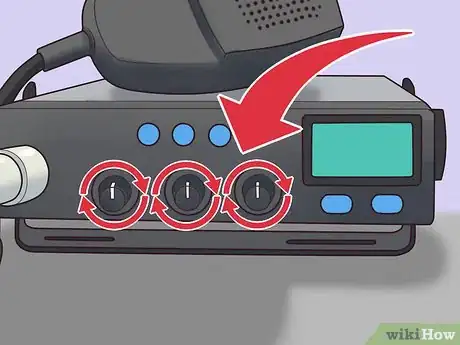

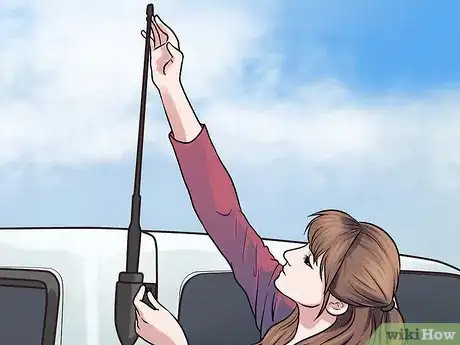

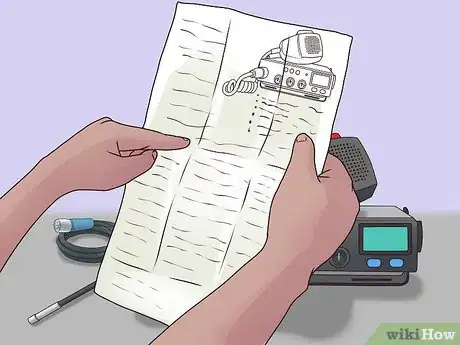
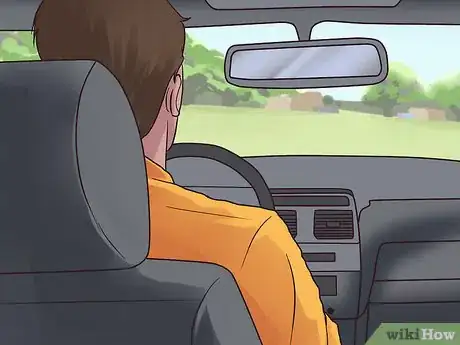
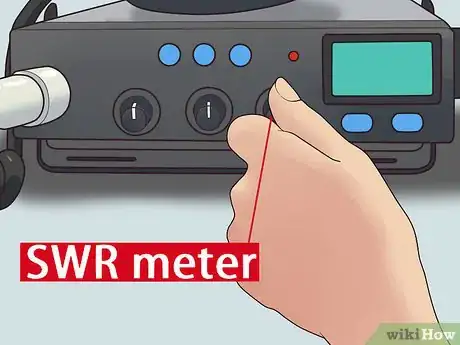
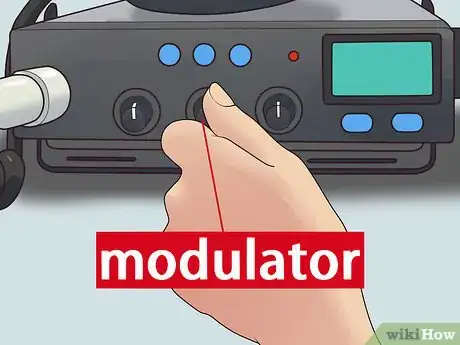
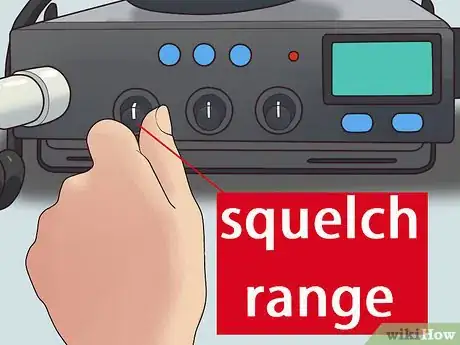
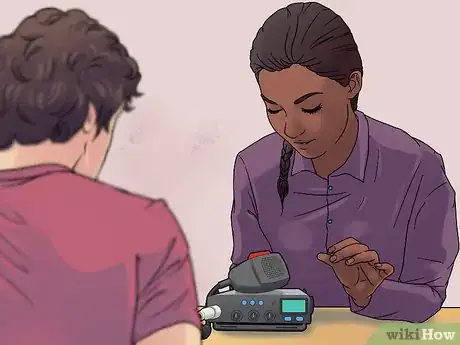
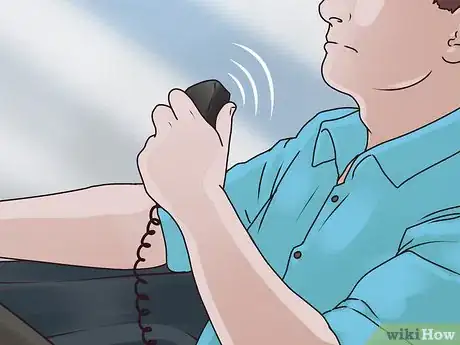
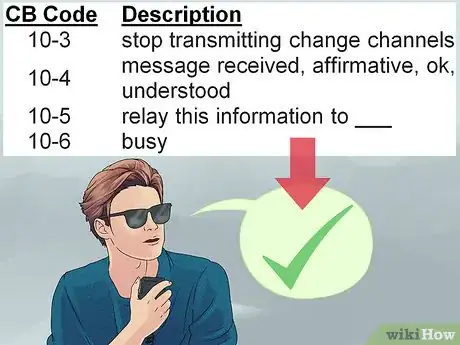
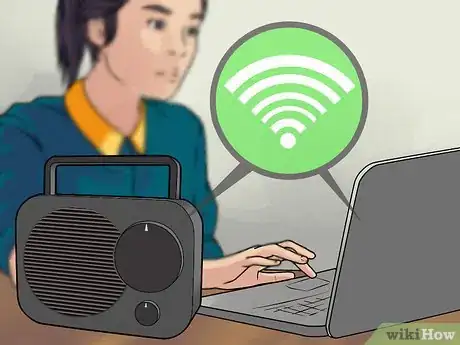


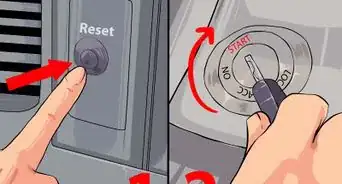
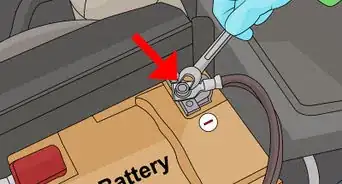
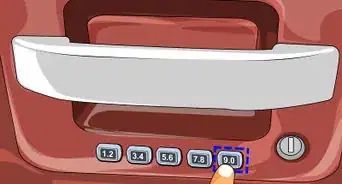
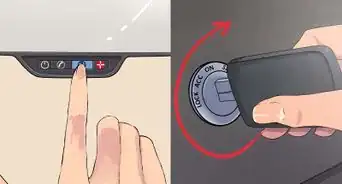
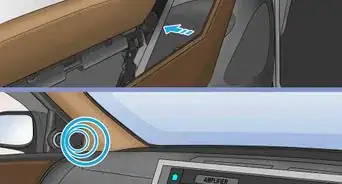
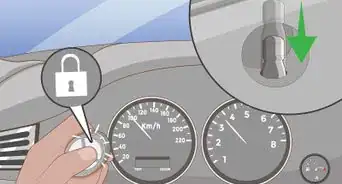
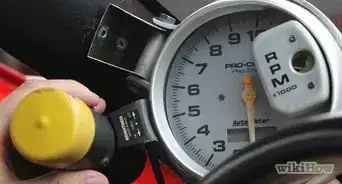
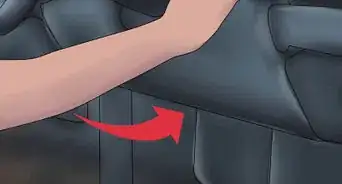
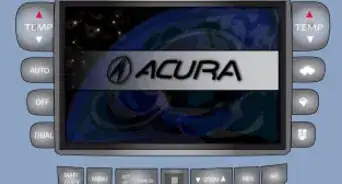
-Car-Alarm-Step-12.webp)
